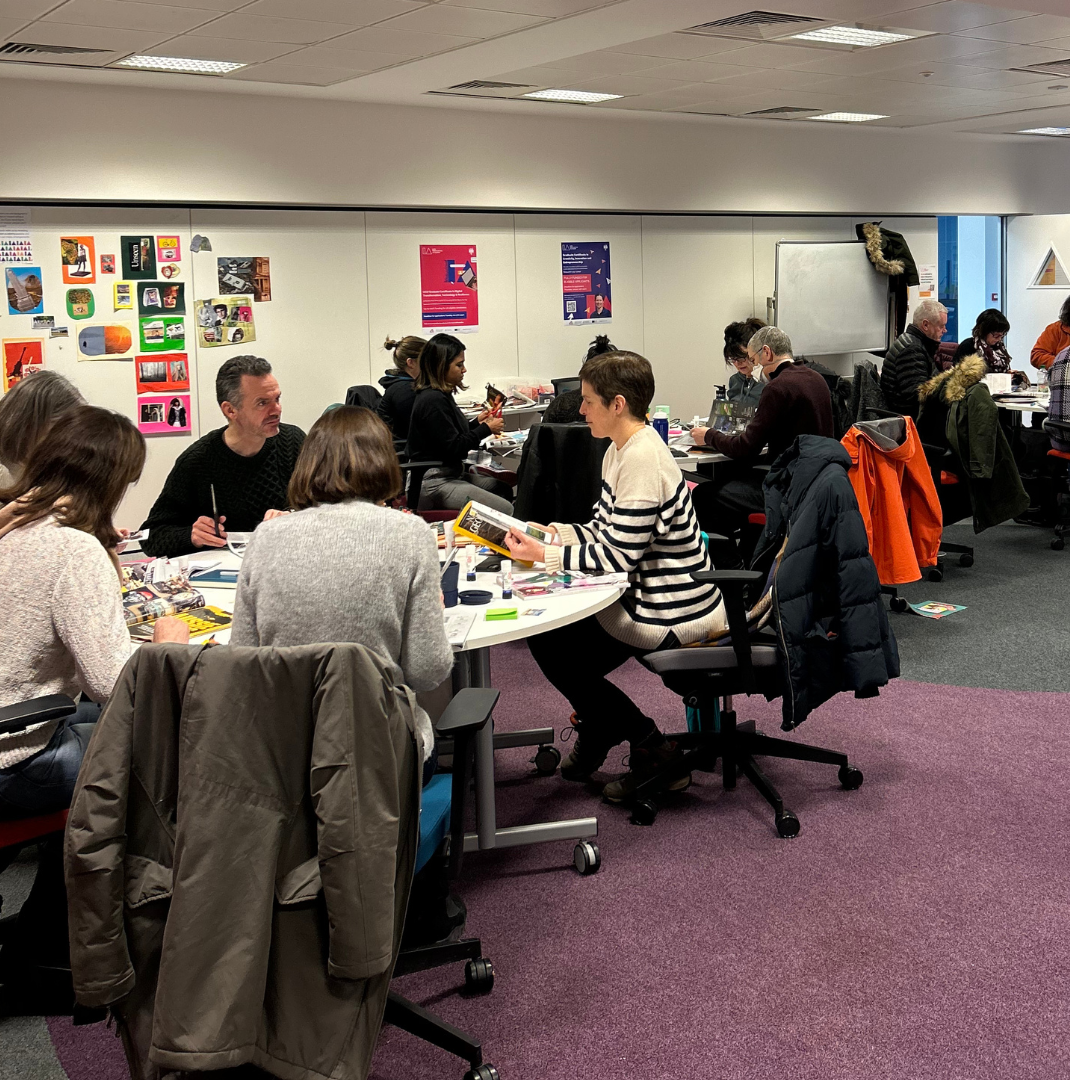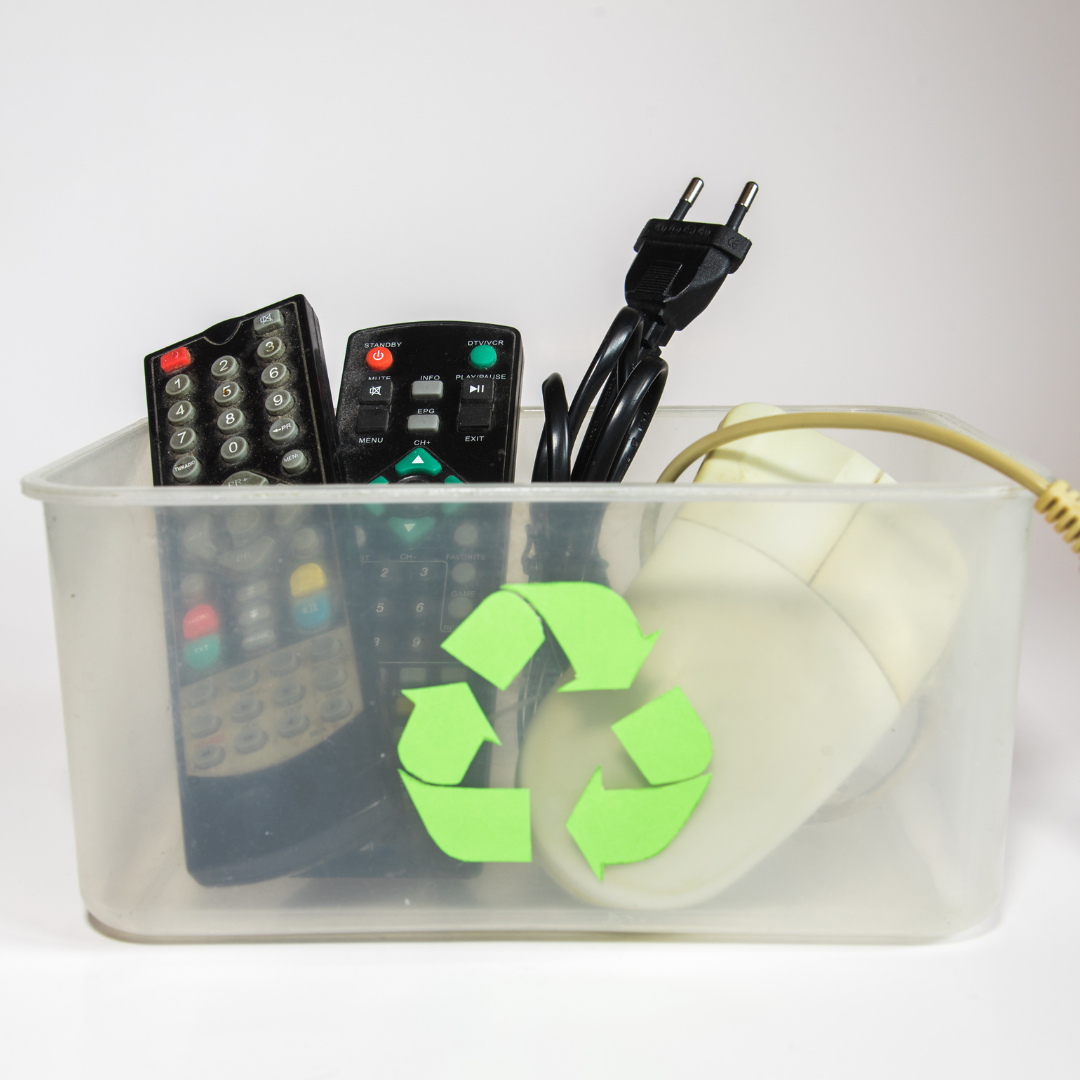The Graduate Diploma in Design Thinking for Sustainability is now accepting applications for September 2023. 90% and 100% funded places available to eligible candidates.
I am the chief sustainability officer for TES – Sustainable Technology Solutions. Part of my role is to partner with our customers to ensure that our services support them as they work to achieve their sustainability goals.
UCD’s Innovation Academy Graduate Diploma in Design Thinking for Sustainability stood out to me for its focus on design thinking – learning new, different and creative ways to tackle the challenges we face as we move to a more sustainable world. The diploma also covers issues like decarbonisation, biodiversity, how to ensure a just transition, and build a more circular economy – key dimensions of sustainability overall. While sustainability has been a key focus of my work since 1998, when I signed up for this course in September 2020, I knew I still had more to learn.
Far too often, we approach a problem by thinking we already have the solution, but if we really are going to take the climate crisis seriously, we need to be able to do things faster, we need to be able to do things better, we need to be able to do things differently. And design thinking is central to how we do this.
The graduate diploma course empowered me and changed how I work. I analyze problems differently now. When I bring the team together to address a specific challenge, I’ll start the conversation with, ‘let’s assume, we don’t know the answer.’ ‘In fact,’ I’ll continue, ‘let’s assume that there are at least two ways, if not more, of dealing with this challenge.’ This is design thinking. Far too often in the workplace we rely on established ways of doing things, on solutions of old, but solutions of old have not come close to addressing the challenges of climate change.

I have found that our customers – who all work with ambitious sustainability challenges and commitments to get to net zero – love that we have incorporated design thinking into the services we provide to them.
I can give you a practical example. We work with a global electronics company who are targeting their supply chain to reduce their Scope 3 targets. Scope 3 targets are greenhouse gas emissions outside a company’s direct control and yet are emitted because of the company’s work – this can mean business travel, employees’ commutes, and, in our case, logistics. We pick up this company’s electronic equipment for either recycling or reuse, something we had been doing on a biweekly basis, using the fastest route possible to get the equipment from A to B. The company had targeted the work we did as one way to reduce its Scope 3 emissions.
The learnings from the graduate diploma course were infused in how we worked with our client. Using design thinking, we got a real sense of where our client was coming from and how they needed to adjust in this new world. We undertook in-depth analysis: we looked at what we were picking up, when we were picking it up, and what routes we were taking. We had been of the impression that we should use the fastest route possible, and schedule pickups twice a month. But through the conversations we had with our client, and the data we compiled – we were literally analysing the cubic capacity of what we could put into those trucks – we realised that we could take a different approach. We redesigned both the routings and the types of trucks being used.

We went back to our client and suggested that instead of doing our collections every two weeks we change some routes to monthly and we vary the truck sizes to align better to the volumes being collected. It’s still a work in progress – this approach is currently being prototyped – but it looks like we should be able to reduce their Scope 3 emissions simply by being clever about truck sizes, routing and pickup schedules. Design Thinking for Sustainability in action.
People talk a lot about policy, and policy is important. But, I worry, for everything that we need to do, that we waste time waiting for policy to change. For me, it’s much more about the doers – the people who are designing products, the people who are in distribution, the people who are using the products. I absolutely learned by doing this graduate diploma. I learned about the tools I could use to make better decisions, like building prototypes. I learned how to bridge all of the research pieces together, how to connect actions to lower carbon to minding our communities, and protecting our planet. And I learned skills I could bring to the table very quickly. Almost immediately after finishing this course I was awarded a contract that I would never have had the confidence to take up if I hadn’t done the course.
What drives me every day of every week is that we have so little time to make change for our planet, and every change for the better that every person makes is a benefit, whether it’s small or big. We all need to look at everything we do, and use, and make changes. The Innovation Academy’s Graduate Diploma in Design Thinking for Sustainability helped me to do that.

